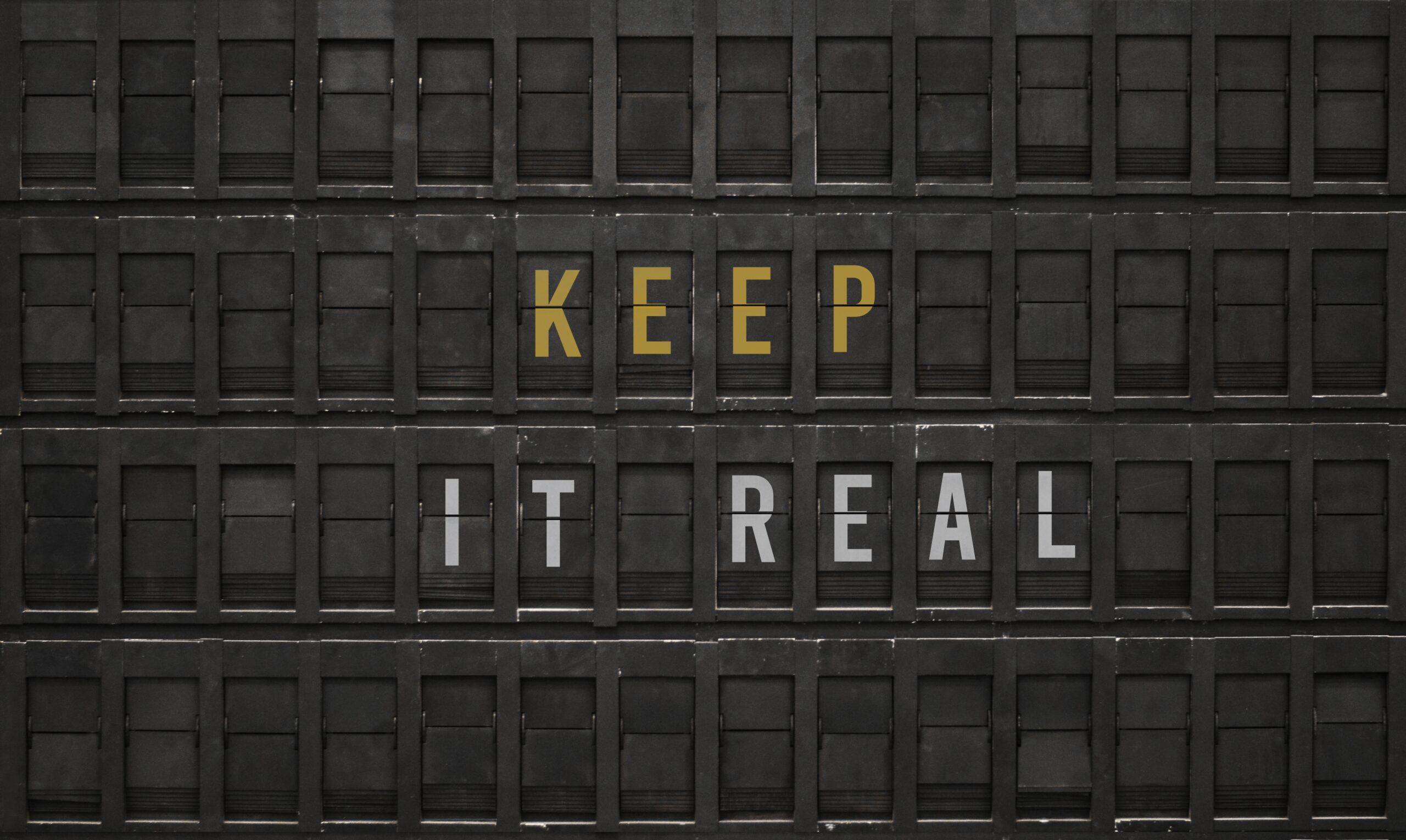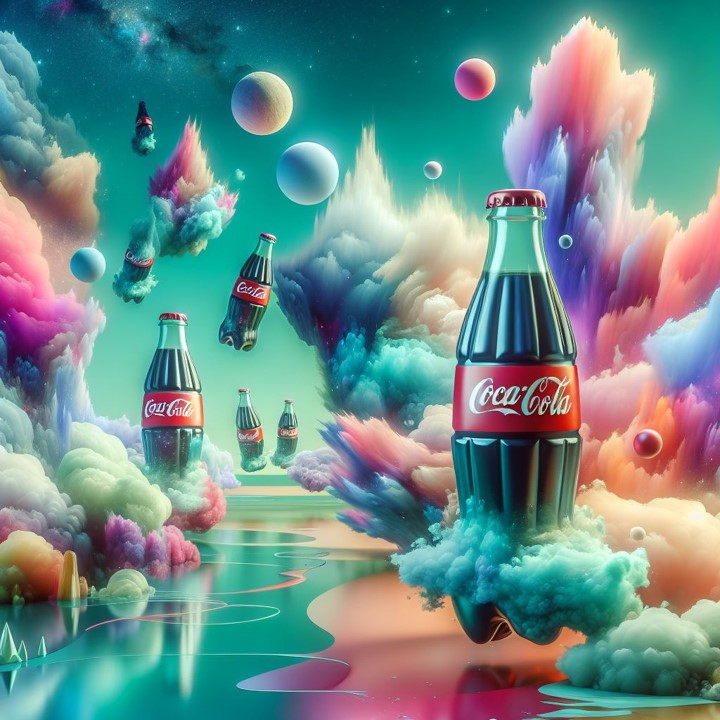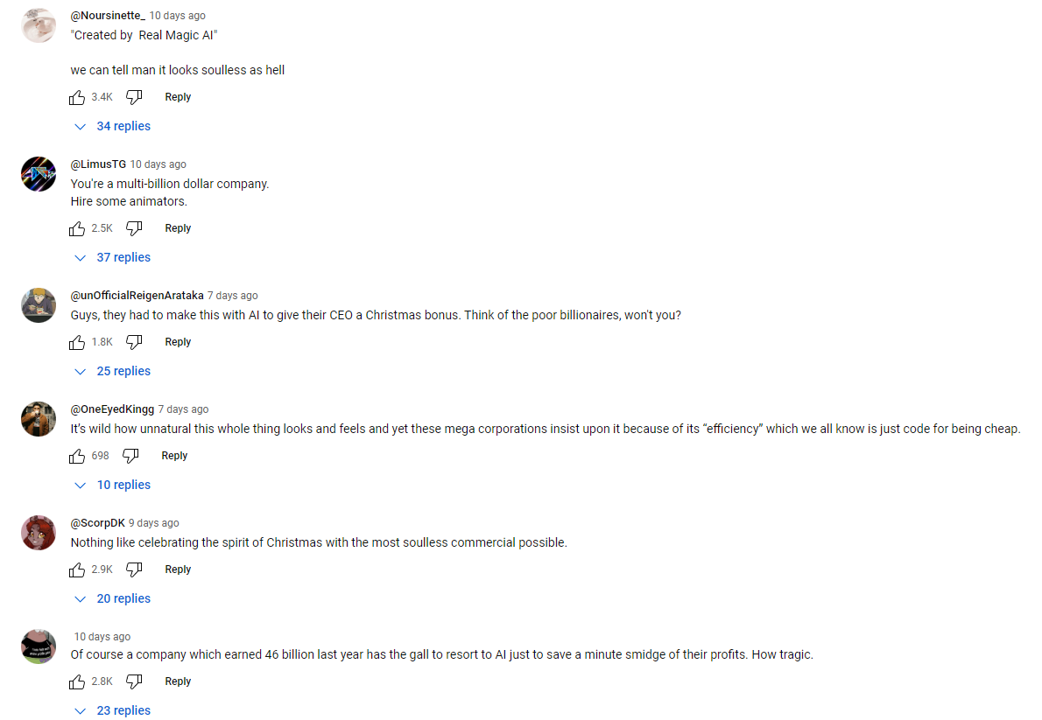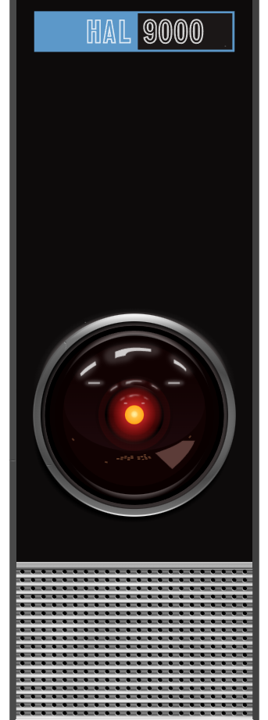
If you managed to spend time last weekend with family and friends, both at the dining room table or in front of the TV, you were in the majority. Much food and football were consumed these past several days, as is the custom for Thanksgiving Weekend in America.
The festivities around the NFL gridiron over this past holiday weekend are also a precursor to what we may see during this year’s Super Bowl in New Orleans. During the Thanksgiving and the Sunday games, we were treated to a number of new TV commercials, trying to capture the spirit of the season. And as is often the case, the commercial breaks can be as engaging as some of the actual games.
Marketers continue to lean on the storytelling theme again this year as brands try to get real with their messaging, spinning tales about their customers and how they interact with their products and services. One of the more intricate stories involved three generations of a rural American family and a classic 1978 Chevy C10 truck is a new story/ad called “The Sanctuary.”
There’s a long-form video that runs more than 5 minutes and feels like a mini-movie. If you’re so inclined, you can watch this “short story” here.
The emphasis once again is on real people, real families, real situations, and real stories. Interestingly, General Motors will not be an advertiser in the Super Bowl in February, apparently using other opportunities and platforms to spin its narrative of “a heartfelt tribute to the doers – the builders of families, communities, and futures,” according to Chevy CMO Steve Majoros.
In the meantime, a very different marketing storyline is taking shape between AI and organic storytelling during these same major television shows this season. The struggle between what is real and what is ChatGPT hit me while watching football this weekend in the form of ads for Coca-Cola and Apple, two of the biggest, classic American brands each showing their stuff during time-outs.
Coke’s spot has already generated a great deal of controversy. “The Holiday Magic is Coming” is a total AI production. And it’s obvious. By now, we’ve gotten pretty good at recognizing artificial intelligence when we see it (like the fakey image below).

The Coke television ad is nicely framed, produced, and constructed, but there’s no getting around the reality it contains no living creatures – humans or animals – in its effort to tell its story. And the ad is being roundly criticized as a result.
Part of Coke’s problem is that the original spot that first appeared on televisions nearly three decades ago used a real winter landscape, and three 40 foot trucks loaded with 30,000 holiday lights. And it was popular among TV viewers. The new ad replicates the look, but using AI “everything.” As Coke’s EU CMO Javier Meza explained to Independent, the new renditions of the campaign are adapting to “today’s times.”
Here’s the spot:
Looking at just a sampling of comments underneath the ad on YouTube provides a consistent feeling of betrayal from Coke fans, many of whom looked forward to the tradition of seeing the original every year.

There are more than 2,000 comments (and many more replies to them), but common threads and themes emerge. The company gets painted with the “cheap” paint brush for taking the cost-saving approach with AI. And several point out the seeming contradiction of the “real magic” slogan and the spot’s use of AI technology that is anything but real.
And finally, a common word that would appear to loom large if there was a word cloud for commenters: “soulless.”
Contrast Coke’s holiday campaign with Apple’s rollout of a new application for their AirPods Pro 2. These devices are nothing new, but this model now has a Hearing Aid feature being aggressively marketed to the 15% of American adults who suffer from a hearing disability of one kind of another. That’s more than 37 million people with hearing issues, many of whom don’t want to or cannot afford hearing aids. That’s right – your AirPods can now double as hearing aids.
For Apple, Ad Age explains this is the first time the company has devoted their holiday ad thrust to this type of marketing message. The Food and Drug Administration recently gave its seal of approval to Apple’s Hearing Aid feature, the first over-the-counter hearing aid software device. For around $250 for AirPod Pro 2, the odds are good a lot of people previously averse to wearing hearing aids will give this a shot. And that’s a sharp contrast with the cost of most hearing aids prescribed by an audiologist, usually costing thousands of dollars.
their holiday ad thrust to this type of marketing message. The Food and Drug Administration recently gave its seal of approval to Apple’s Hearing Aid feature, the first over-the-counter hearing aid software device. For around $250 for AirPod Pro 2, the odds are good a lot of people previously averse to wearing hearing aids will give this a shot. And that’s a sharp contrast with the cost of most hearing aids prescribed by an audiologist, usually costing thousands of dollars.
Aside from the uniqueness of the product is Apple’s reliance on storytelling to showcase the feature. Apple has relied on storytelling around their hardware and software since 2002 and “The Greatest” campaign, highlighting real people with disabilities using Apple technology to participate in life.
The new ad package created to launch the company’s Hearing Aid technology goes back to what Apple does best – telling stories that bring people closer together.
Here’s “Heartstrings,” the 1:51 version:
The contrast between this spot and Coke’s “The Holiday Magic” is stark. And consumer reactions to both also elicit entirely different emotions. While both spots generate buzz – an important ingredient for any marketing effort – one spot is lauded while the other is generally reviled.
For Coke, the question on the table is when you can use can use real people to tell your story, why not do so?
And isn’t that a question for radio conversations, too? I am not ignoring the quality of talent issue, but when there’s a live person in the studio doing a show in real time, it usually sounds different than a prerecorded show. Or worse, a show without any human interaction whatsoever where the only thing you hear is songs separated by production.
It’s notable that at a point in time when a tech company like Apple could use high-end AI to craft its story, they choose to keep it real, relying on real people, relatable situations, and a tale with a beginning, a middle, and an end. There’s a time and place for Apple Intelligence – and this isn’t it.
Many of us Boomers remember that ominous scene in 2001 – A Space Odyssey, where HAL 9000 (pictured), the onboard computer system on an interplanetary space ship develops a mind of its own. For most of us, it was the first time we saw Artificial Intelligence in action…and it was unpleasant and foreboding.
where HAL 9000 (pictured), the onboard computer system on an interplanetary space ship develops a mind of its own. For most of us, it was the first time we saw Artificial Intelligence in action…and it was unpleasant and foreboding.
In tomorrow’s post, we’ll look at where we stand in the taut relationship between humans and machines – and how radio can stand apart in a good way.
And as I hope you know, no algorithms or AI are used in the writing of this blog. However, I use AI to create images, including the surreal Coke bottle graphic above.
Maybe the question on the table is whether anybody cares.
- What If Radio Tried Something Right Out Of Left Field? - May 9, 2025
- Why Radio PDs Are A Lot Like NBA Coaches - May 8, 2025
- Memo To Radio: We Have Met The Enemy And It Is… - May 7, 2025




The process is peripheral.
All three spots work.
Why?
They got our attention.
And attention—
Leads to retention.
You are so right, Marty. They all do a stellar job of grabbing us, no small feat in this overcommunicated environment (as the late Nick Michaels might say). But I’m not sure that for a product like Coke that has always strived to achieve consumer happiness, this AI spot “hits goal.” Yours and other opinions welcooe on this question of whether Coke benefits from so-called “negative attention.”
Disney has been using AI for Years. It’s the content and connection. And, that’s why Radio Will Continue to Win by Attracting Ears and Minds with some needed curation.
Many thanks, Clark.
Back before automation, back when we were actually spinning the disks, I had an experience that enlightened me about the value of the personal experience radio offers.
I often worked holiday shifts, filling in for staff who wanted time with their families. I got a call from somebody who was having difficulties. The holidays can easily amplify loneliness among individuals going through tough emotional times.
We spoke on the phone for about 20 minutes. I listened mostly. Finally, he said he was doing a little better, but asked if he could call back sometime. I assured him he could. I’m not sure what happened to him.
Because we were not automated, we were there when somebody needed us to be. I like to think that connection was valuable for both of us.
THIS is what radio is all about. Or at least what it used to be about. And what it could be again. Because Pandora and Spotify can’t ever be that. Can you imagine trying to reach the “friend” you think you’re listening to on the radio these days just to talk for a moment? I’ve had those calls myself. One told me after suffering depression, I taught them to “smile again.” Has voice-tracked automation ever done that?
Connect with listeners and you might just find you suddenly have more listeners. Don’t connect and don’t be surprised if they move on. They have lots of options if they want to be ignored.
Appreciate this slice of radio life, Kim. Watch for today’s blog post.